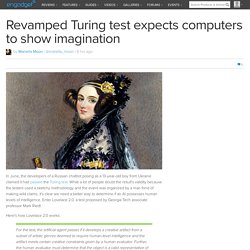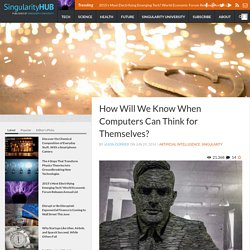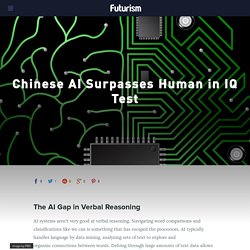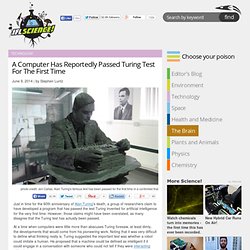

Enough Is Enough. We Need to Elect More Scientists to Congress. Ever since President Donald Trump took office in January 2017, the United States government’s relationship with science has been strained.

Over the course of the past year, his administration has called for significant cuts to scientific research budgets, left vacant dozens of top science-based government positions, and even removed mentions of “science” from government websites. In response to the Trump administration’s seemingly anti-science stance, an estimated one million scientists and their supporters convened in Washington, D.C. and 600 other cities across the globe on April 20, 2017, for the March for Science, a day dedicated to defending science’s place in politics. Geologist Jess Phoenix was one of the scientists to speak at the Los Angeles March for Science rally, but her ambitions to influence political policy extend far beyond a single speech on a single day. In November, she hopes to be elected to represent the people of the 25th Congressional District in California.
Chinese AI Surpasses Human in IQ Test. Intelligent processor with new technology uses context to compare and relate words The AI Gap in Verbal Reasoning AI systems aren’t very good at verbal reasoning.

Navigating word comparisons and classifications like we can is something that has escaped the processors. AI typically handles language by data mining, analyzing sets of text to explore and organize connections between words. Delving through large amounts of text data allows AI to take statistics and observe word placement, using its findings to guide future understanding. Programming Verbal Intelligence Huazheng Wang and his team at University of Science and Technology of China have developed a deep learning machine that is able to verbally reason far better than the average human. Technology Review. A Tribute to Alan Turing: The Father of Modern Computers. Revamped Turing test expects computers to show imagination. In June, the developers of a Russian chatbot posing as a 13-year-old boy from Ukraine claimed it had passed the Turing test.

While a lot of people doubt the result's validity because the testers used a sketchy methodology and the event was organized by a man fond of making wild claims, it's clear we need a better way to determine if an AI possesses human levels of intelligence. Enter Lovelace 2.0, a test proposed by Georgia Tech associate professor Mark Riedl. Here's how Lovelace 2.0 works: For the test, the artificial agent passes if it develops a creative artifact from a subset of artistic genres deemed to require human-level intelligence and the artifact meets certain creative constraints given by a human evaluator. Further, the human evaluator must determine that the object is a valid representative of the creative subset and that it meets the criteria. Okay, so that official description is pretty hard to parse. [Image credit: Alfred Edward Chalon/Wikimedia] How Will We Know When Computers Can Think for Themselves? How Will We Know When Computers Can Think for Themselves?

Headlines recently exploded with news that a computer program called Eugene Goostman had become the first to pass the Turing test, a method devised by computing pioneer Alan Turing to objectively prove a computer can think. The program fooled 33% of 30 judges into thinking it was a 13-year-old Ukrainian boy in a five-minute conversation. How impressive is the result? In a very brief encounter, judges interacted with a program that could be forgiven for not knowing much or speaking very eloquently—in the grand scheme, it’s a fairly low bar.
Chat programs like Eugene Goostman have existed since the 1970s. To explore that question, it's worth looking at what the Turing test actually is and what it's meant to measure. In a 1950 paper, “Computing Machinery and Intelligence,” Alan Turing set out to discover how we might answer the question, “Can machines think?” Turing called it the imitation test. Chinese AI Surpasses Human in IQ Test - Futurism. The AI Gap in Verbal Reasoning AI systems aren’t very good at verbal reasoning.

Navigating word comparisons and classifications like we can is something that has escaped the processors. AI typically handles language by data mining, analyzing sets of text to explore and organize connections between words. Delving through large amounts of text data allows AI to take statistics and observe word placement, using its findings to guide future understanding. AI deals with words mathematically, treating them as vectors. Programming Verbal Intelligence Huazheng Wang and his team at University of Science and Technology of China have developed a deep learning machine that is able to verbally reason far better than the average human.
Technology Review Conversing With Context. A Computer Has Reportedly Passed Turing Test For The First Time. Just in time for the 60th anniversary of Alan Turing's death, a group of researchers claim to have developed a program that has passed the test Turing invented for artificial intelligence for the very first time.

However, those claims might have been overstated, as many disagree that the Turing test has actually been passed. At a time when computers were little more than abacuses Turing foresaw, at least dimly, the developments that would come from his pioneering work. Noting that it was very difficult to define what thinking really is, Turing suggested the important test was whether a robot could imitate a human.